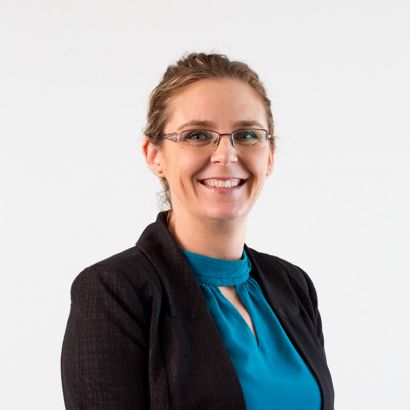
Let’s talk about flex, baby.
Let’s talk about you and your employee.
Let’s talk about all the good things and the better things that may be.
Let’s talk about flex!
Flexism, a term coined by Vanessa Vanderhoek at Career Inside Track, deserves more attention by the corporate C-Suite who set and encourage workplace culture. With today being Flexible Work Day (#FWDay 2018), there’s no better time to shine the spotlight on its benefits and rewards.
Some industries of course lend themselves better than others to flexible working hours and places, but if the PR, marketing and communications industry which requires a rather fluid and volatile working environment can do it, then many others can too.
In our industry, deadlines are set and then changed, crises arise last minute, and staff are juggling sometimes 20 or 30 tasks at a time. The success of our client campaigns relies on solid ideation and execution, which is strengthened by collaboration. And up until about 18 months ago, I believed that to get everyone on the same page, they needed to be in the same place, at the same time and work the same way.
How wrong I was!

Why you need to implement flexible working arrangements
Working in a largely female dominated industry, and with my recruitment strategy seeking more senior staff at the time, I realised I was trying to find the right candidate that ticked every box. I wanted experience in a number of disciplines and wanted to attract people at the top of their game. People who could think big and deliver bigger. And I assumed they could do all this within the confines of our 8am to 5:30pm work day, in the office where I could see them and they could access me directly.
But with seniority comes board and committee commitments, guest lectures and event panels and BD meetings all over town at varying times of the day. I’ve also met with many who are transitioning away from the daily grind of 9-5 and want to keep their foot in the door with their expertise, but also pursue other interests outside of the office.
It’s not just the top end of town that requires flexibility either. I encourage my up and coming superstars straight out of uni or in the early years of their PR career, to maintain a healthy work-life balance, and this means accommodating them leaving early for a gym class or starting late for a doctor’s appointment. Like any relationship, the employer/employee relationship is give and take. Everyone needs to feel like they are winning.
When staff feel valued as an individual, they perform stronger. My staff know that the office is a communal place and that working in teams is beneficial for all involved – nothing beats face to face meetings and brainstorms in my opinion. But they also know that health and efficiency takes priority. If they are sick, I give them the option to work from home or take the day off, to allow them time to recover and also to prevent illness from spreading through the office. If they have a meeting that wraps up off site at 3pm, I am happy for them to head home and finish the day there if it makes more sense than them driving back to the office only to turn around again half an hour later.
How to make flexible work, work
Expectations need to be set and agreed upon to ensure flexible working conditions work for everyone.
Flexible workplaces do require a flexible mindset and good planning. At Elevate, we have twice-weekly work in progress and status updates to ensure everyone is informed of who is working where and when, and we keep digital calendars updated so everyone can access people’s availabilities and whereabouts.
Having learnt the hard way over the years, it now just makes complete sense to hire the best people and work around any limitations. I have several staff on my team that live more than 60kms from the office. We have staff that come in just one or two days a week for that powerful face to face time, and the rest of the time they work from home, and we have others that work around uni timetables and family commitments.
We also provide the tools and technology to make it work.
We have moved all our documents onto a cloud based program, which allows staff to access them any time of day or night, on any device and from anywhere in the world. This has tightened our document control processes and saved considerable time in the office, with our external staff no longer having to request documents from those in the office.
Flexible working has helped to get the best out of every single team member, and this has had a knock-on effect with client work, team culture, employee career progression and our bottom line. Looking back at how I used to manage my business vs how I manage it now, it’s like chalk and cheese … or salt and pepper!
Everyone does flexible working differently. Share your flexible working arrangements and observations on social media using #FWDay 2018 and #TackleFlexism OR
Get in contact with us and see how we can make flexible working, work with you!

